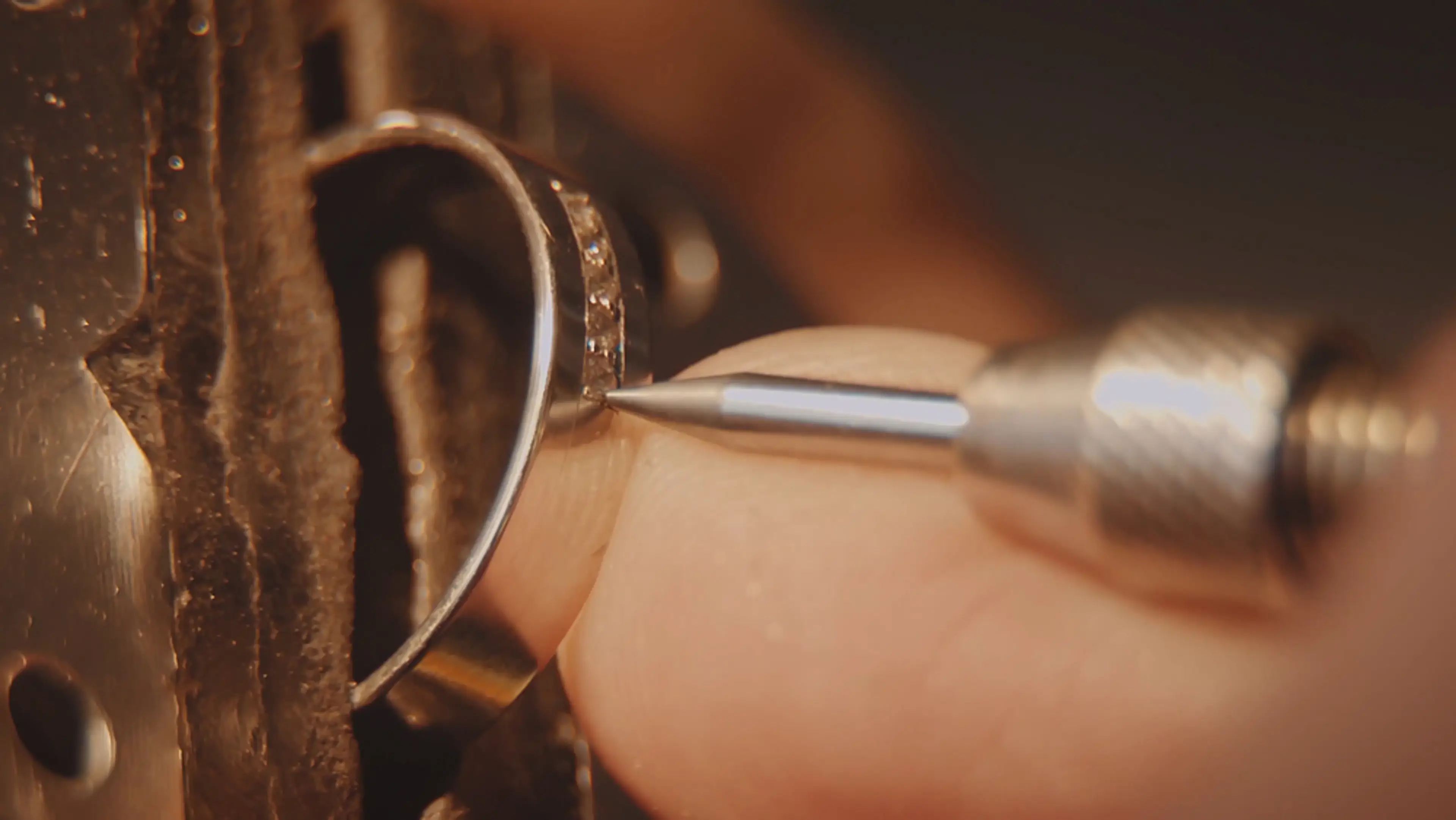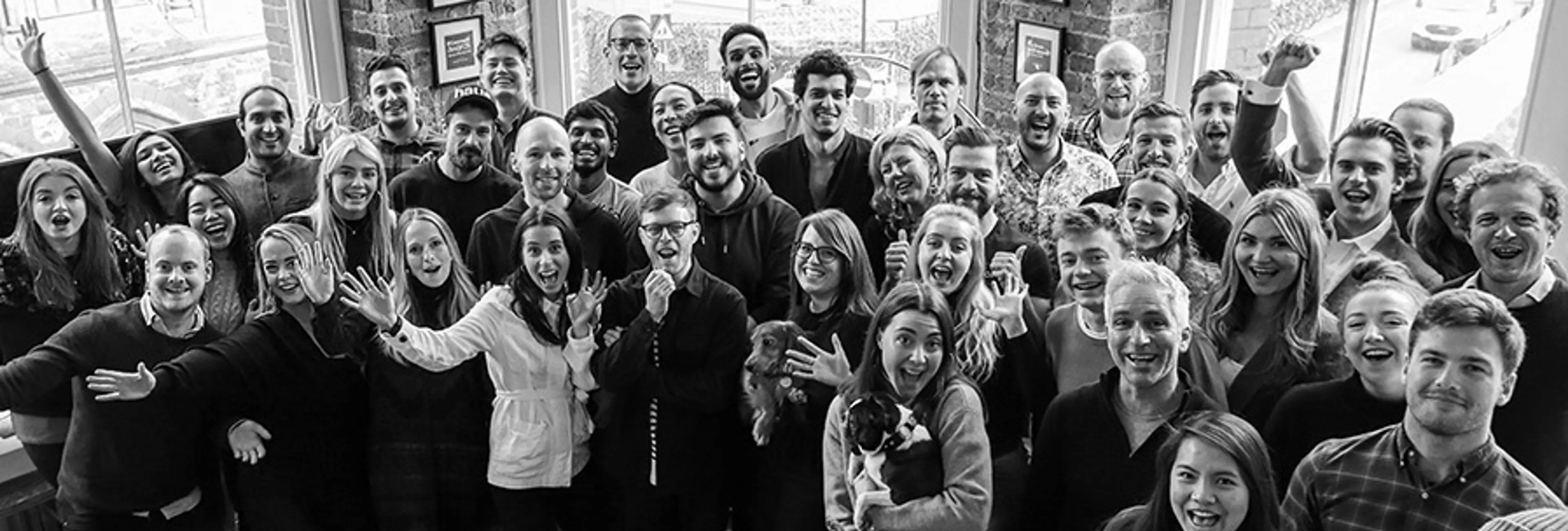
Luxury Commentary
1 Mar 2025
9 Min Read
The Pursuit of Meaningful Innovation
Innovation is the lifeblood of the strongest brands. And it comes with plenty of myths surrounding what it is and how to do it. But whether it’s removing all friction in favour of the fabled ‘seamlessness’ or venturing deeper and deeper into a vertical, these so-called innovation models are leading brands astray.
Historically, the world’s most iconic luxury brands were born out of a relentless drive for innovation—to push the boundaries of technology and design. Today, however, ‘innovation’ is often driven by headlines and hype; and gimmicky as a result. Not long ago, luxury houses were funnelling millions into the metaverse, but to what end? In other cases, a blind desire to innovate can result in, quite frankly, useless and unwanted products (see Hermès’ Silk Knot app for iPad).
Innovation, in luxury at least, is about a harmony of disparate ideas across an experience, that credibly bring a brand’s positioning to life. It’s by no means easy. In fact it’s unbelievably hard.
The luxury category has proliferated. No longer gatekept by a handful of brands but rather open to anyone with the credentials to enter. Qualification is dictated by the customer, driven by story, perception, craft and cultural alignment. Luxury in these contexts is far more akin to timelessness—long-term distinction and relevance in a noisy world—and requires constant innovation.
However, too often, we confuse what’s new with what’s next and limit ‘innovation’ to technology. In reality, it’s so much more.
Defining Innovation’s Two Extremes
If you think of innovation as a wide spectrum, on one side we have small, low or no risk, incremental innovation, on the other, we have big, flashy, arguably thoughtless forms of innovation. Unsurprisingly, truly innovative and lasting brands are somewhere in the middle, balancing the two extremes.
Let’s start with the former. An aversion to taking (calculated) risks causes incremental innovation with questionable benefits. This type conforms to overdone category codes, becoming a carbon copy of competitors and doing nothing to push the brand, the category or society forward. It’s safe (read: boring).
There’s an inherent tension between tradition and innovation, and often with long-standing luxury brands the values that once made them timeless (heritage, tradition, etc) are now the same ones obstructing them from pursuing bold and experimental ideas.
It’s an understandable challenge — how do you push a 300-year-old brand forward innovatively without fracturing the foundations you’ve built on or seemingly abandoning your core values?
The answer many brands choose to believe orbits around the other end of the spectrum: using innovation as an umbrella term and marketing tool, capturing anything that can be spun into a headline.
While the ambition is something ‘big’ and bold, the problem is often ill-defined and the solution involves throwing money at the latest trends and tech.
Put simply, it's a gimmick.
And when the headlines go away, brands are often left wondering what the real value was for business or consumer (or if there was ever any to begin with). The current rise of luxury brands fancying a frolic in the metaverse, simply to join the hype, is a prime example — high investment in so-called innovation with questionable value across the board.
Neither of these are optimal. And it’s not necessarily about having a balance between these two forms, it’s about adopting the right mentality. Moving from safe, category-conforming, boring or gimmicky, trend-chasing and damaging to meaningful innovation that’s exciting and distinctive, delivering value and progress in both the short and long term.
Debunking The Myths
Myth #1: Innovation ≠ Decoding the U/HNWI
The ultra-high-net-worth individual is not one person. The industry as a whole is very guilty of conflating the U/HNWI into a two-dimensional segment with a homogeneous set of needs, wants, behaviours and aspirations.
Sharing a wealth bracket does not reconcile every other facet of personality into a singular persona and brands need to move away from this mindset and cease catering to generic trends.
Instead, find empathy with your specific audience.
Too much of current innovation is simply in response to current trends and what people say they want, meaningful innovation requires true empathy. Going beyond mere speculation, placing yourself in the context of your customer to really grasp how they act in situ.
Though overused, and with no proof Ford actually spoke the words, it’s a pithy observation on innovation. For those partial to more modern orators, Steve Jobs captured a similar sentiment:
“Some people say, ‘Give the customers what they want.’ But that’s not my approach. Our job is to figure out what they’re going to want before they do.”
We must understand the real customer journey—our audience’s objectives, actions and emotions along it—in order to not only innovate meaningfully, but identify the most valuable opportunities to do so.
Myth #2: Innovation ≠ Venturing Deep into Your Vertical
Don’t narrow your thinking to become the best in your vertical, especially if you’re thinking in terms of product or service. Being the best (a wildly subjective superlative) is great, but not worth it when the cost is pigeonholing your brand.
Think in terms of brand and competencies.
What is your founding spirit? Your purpose? Your brand positioning? How might you innovate around these core brand elements? Your brand should inspire hundreds of new ideas and act as a guardrail to ensure all innovation ladders up to one cohesive core.
For competencies, ask yourself: What are your USPs? What new categories fit these competencies? Which of these do you have the credibility to play in?
If Dyson thought of themselves exclusively as a vacuum company, they’d undoubtedly be one of, if not the, most sought-after brand in the market. But there’s a limit to what one can do with a vacuum.
Instead, Dyson champions themselves as a brand solely focused on efficient solutions with a core competency in air technology and that allows them to play in a vast variety of spaces, from vacuums to purifiers, hair care to headphones.
In a similar vein, Tesla was exclusively automotive but took their purpose — to accelerate the transition to a sustainable future — and moved into energy and other scalable sustainable systems.
Myth #3: Innovation ≠ New Product/Service
Though it may be a crucial element, creating and incorporating new products and/or services doesn’t suffice as meaningful innovation.
A brand is the sum of all its interactions along the entire CX and meaningful innovation should take place in tandem rather than merely tacking newness on the end.
Creating new products often goes beyond innovation into ‘invention’ territory. There are plenty of opportunities that don’t require significant R&D investment, many of which can be mined by mapping every interaction between brand and customer.
For brands with stores, there are countless moments in that overarching experience for innovation. From parking to collecting baskets or carts to selecting items to checkout and post-purchase, how can we make these moments swifter, easier and ultimately more valuable to the customer?
It’s not just about the products on the shelves but how people move around spaces, how they’re interacted and engaged with, how they feel throughout and so on. There are so many chances to innovate, to imbue meaning along a journey without forcing out new products.
Timeless brands are not commodities to be bought and sold, they are exceptional, cohesive, end-to-end experiences that go beyond the core product or service in order to add meaningful value to customers’ lives.
Myth #4: Innovation ≠ Removing All Friction
A myth for most brands but especially those in the luxury sector, healthy friction is a crucial part of the luxury brand experience. As our Strategy Director, James Lees, once said: "When you remove every ounce of friction in favour of conversion, you optimise things to death."
Stripping CX of any kind of resistance in a race to conversion makes it feel empty, it feels insignificant, the brand story and ethos becomes lost and value dips.
Because luxury is not a commodity or utility space, the intangible — the je ne sais quoi of a thing — is an inherent part of the value in a luxury brand purchase. And creating healthy friction is important to counteract things like the comedown of buyer’s remorse.
It might be through a lengthy (but not tedious) boxing or wrapping experience in-store. In hospitality, it might be a menu that tells the tale of the brand or the story of a signature wine or dish. Whatever touch point a brand wishes to enhance, meaningful innovation will add that healthy friction in a compelling way.
Matter Of Form's Principles for Meaningful Innovation
01
Go beyond ‘the’ UHNW customer to find true empathy with your audience.
02
Think in brand & competencies, not verticals.
03
Innovate along the entire customer journey.
04
Build healthy friction into the brand experience.
Matter Of Form is a design consultancy specialising in brand strategy, CX and digital innovation for timeless brands. You can get in touch with one of our consultants via [email protected].
Brand & CX
Retail
Hospitality & Travel
Luxury Commentary




